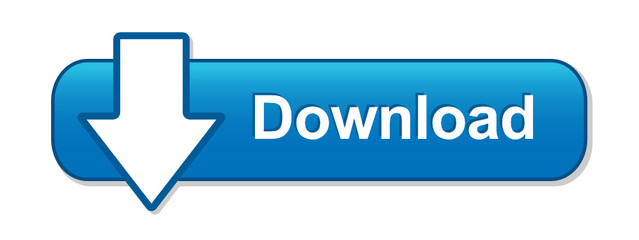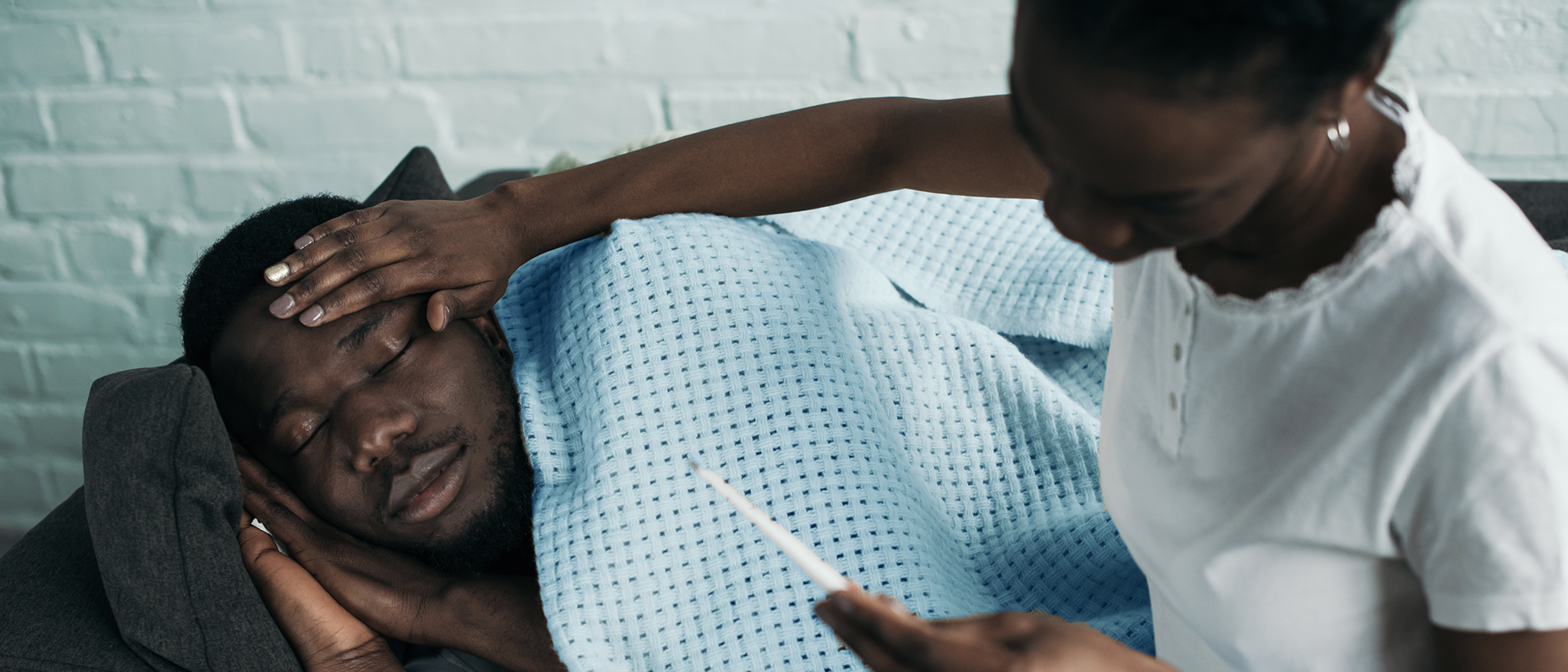

32 Responses to Hay Fever. Jack says: September 25, 2013 at 4:30 pm. Thanks for your hard work! Narengoku says: September 25, 2013 at 4:39 pm.
Pharmacologic class: Benzodiazepine
Therapeutic class: Anxiolytic, anticonvulsant, sedative-hypnotic, skeletal muscle relaxant (centrally acting)
Controlled substance schedule IV
Pregnancy risk category D
Produces anxiolytic effect and CNS depression by stimulating gamma-aminobutyric acid receptors. Relaxes skeletal muscles of spine by inhibiting polysynaptic afferent pathways. Controls seizures by enhancing presynaptic inhibition.
Injection: 5 mg/ml
Oral solution: 1 mg/ml, 5 mg/5 ml
Tablets: 2 mg, 5 mg, 10 mg
➣ Anxiety disorders
Adults: 2 to 10 mg P.O. Skyshines bedlam 3 10 download free. two to four times daily, depending on symptom severity. Alternatively, for moderate anxiety, 2 to 5 mg I.V., repeated in 3 to 4 hours if needed. For severe anxiety, 5 to 10 mg I.V., repeated in 3 to 4 hours if needed.
Children age 6 months and older: 1 to 2.5 mg P.O. three to four times daily; may increase gradually as needed
➣ Before cardioversion
Adults: 5 to 15 mg I.V. 5 to 10 minutes before cardioversion
➣ Before endoscopy
Adults: Usually, 10 mg I.V. is sufficient; may be increased to 20 mg I.V. Alternatively, 5 to 10 mg I.M. 30 minutes before endoscopy.
➣ Status epilepticus and severe recurrent convulsive seizures
Adults: 5 to 10 mg I.V. slowly, repeated as needed q 10 to 15 minutes, to a maximum of 30 mg; may repeat regimen if needed in 2 to 4 hours. May give I.M. if I.V. delivery is impossible.
Children ages 5 and older: 1 mg I.V. slowly q 2 to 5 minutes, to a maximum of 10 mg; repeat in 2 to 4 hours if needed. May give I.M. if I.V. delivery is impossible.
Children over 1 month to 5 years: 0.2 to 0.5 mg I.V. slowly q 2 to 5 minutes, to a maximum of 5 mg I.V. May give I.M. if I.V. delivery is impossible.
https://downjfiles512.weebly.com/apple-keyboard-2012.html. ➣ Muscle spasm associated with local pathology, cerebral palsy, athetosis, 'stiff-man' syndrome, or tetanus
Adults: 2 to 10 mg P.O. three to four times daily. Or initially, 5 to 10 mg I.V. or I.M., repeated in 3 to 4 hours if needed. Tetanus may necessitate higher dosages.
Elderly or debilitated patients: Initially, 2 to 2.5 mg P.O. once or twice daily, increased gradually as needed and tolerated
Children ages 5 and older: 5 to 10 mg I.M. or I.V., repeated q 3 to 4 hours as needed to control tetanus spasm
Children over 1 month to 5 years: 1 to 2 mg I.M. or I.V. slowly, repeated q 3 to 4 hours as needed to control tetanus spasm
➣ Acute alcohol withdrawal
Adults: Initially, 10 mg P.O. three to four times during first 24 hours, decreased to 5 mg P.O. three to four times daily p.r.n. Or initially, 10 mg I.M. or I.V.; then 5 to 10 mg I.M. or I.V. in 3 to 4 hours p.r.n.
• Panic attacks
• Adjunct to general anesthesia
• Hypersensitivity to drug, other benzodiazepines, alcohol, or tartrazine
• Coma or CNS depression
• Narrow-angle glaucoma
Use cautiously in:
• hepatic dysfunction, severe renal impairment
• elderly patients
• pregnant or breastfeeding patients (use not recommended)
• children.
• Give P.O. dose with or without food.
☞ Administer I.V. infusion slowly into large vein, taking at least 1 minute for each 5 mg in adults or at least 3 minutes for each 0.25 mg/kg in children.
• Know that I.V. route is preferred over I.M. route because of slow or erratic I.M. absorption.
• Don't mix with other drugs or solutions in syringe or container.
• Enforce bed rest for at least 3 hours after I.V. injection.
• Give I.M. injection deeply and slowly into large muscle mass.
• If desired, mix oral solution with liquid or soft food.
CNS: dizziness, drowsiness, lethargy, depression, light-headedness, disorientation, anger, manic or hypomanic episodes, restlessness, paresthesia, headache, slurred speech, dysarthria, stupor, tremor, dystonia, vivid dreams, extrapyramidal reactions, mild paradoxical excitation
CV: bradycardia, tachycardia, hypertension, hypotension, palpitations, cardiovascular collapse
EENT: blurred vision, diplopia, nystagmus, nasal congestion
GI: nausea, vomiting, diarrhea, constipation, gastric disorders, difficulty swallowing, increased salivation
GU: urinary retention or incontinence, menstrual irregularities, gynecomastia, libido changes
Hematologic: blood dyscrasias including eosinophilia, leukopenia, agranulocytosis, and thrombocytopenia
Hepatic: hepatic dysfunction
Musculoskeletal: muscle rigidity, muscular disturbances
Respiratory: respiratory depression Instalar chrome para windows 7.
Skin: dermatitis, rash, pruritus, urticaria, diaphoresis
Other: weight gain or loss, decreased appetite, edema, hiccups, fever, physical or psychological drug dependence or tolerance
Drug-drug.Antidepressants, antihistamines, barbiturates, opioids: additive CNS depression
Cimetidine, disulfiram, fluoxetine, hormonal contraceptives, isoniazid, ketoconazole, metoprolol, propoxyphene, propranolol, valproic acid: decreased metabolism and enhanced action of diazepam
Digoxin: increased digoxin blood level, possible toxicity Together 3 3 6 1.
Levodopa: decreased levodopa efficacy
Rifampin: increased metabolism and decreased efficacy of diazepam
Theophylline: decreased sedative effect of diazepam
Drug-diagnostic tests.Alanine aminotransferase, alkaline phosphatase, aspartate aminotransferase, lactate dehydrogenase: increased levels
Neutrophils, platelets: decreased counts
Drug-herbs.Chamomile, hops, kava, skullcap, valerian: increased CNS depression
Def zone 2 1 6 2. Drug-behaviors.Alcohol use: increased CNS depression
• Monitor vital signs and respiratory and neurologic status.
• Supervise ambulation, especially in elderly patients.
• Monitor CBC and kidney and liver function test results.
☞ Avoid sudden drug withdrawal. Taper dosage gradually to termination of therapy.
• Inform patient he may take drug with or without food; recommend taking it with food if it causes stomach upset.
• Caution patient to avoid driving and other hazardous activities until he knows how drug affects concentration and alertness.
☞ Tell patient to notify prescriber immediately if easy bruising or bleeding occurs.
• Instruct patient to move slowly when sitting up or standing, to avoid dizziness from blood pressure decrease. Advise him to dangle legs briefly before getting out of bed.
☞ Advise patient not to stop taking drug abruptly.
• Advise patient to avoid alcohol and other depressants such as sedatives while taking drug.
• Tell female patient not to take drug if she is pregnant or plans to breastfeed.
• As appropriate, review all other significant and life-threatening adverse reactions and interactions, especially those related to the drugs, tests, herbs, and behaviors mentioned above.


